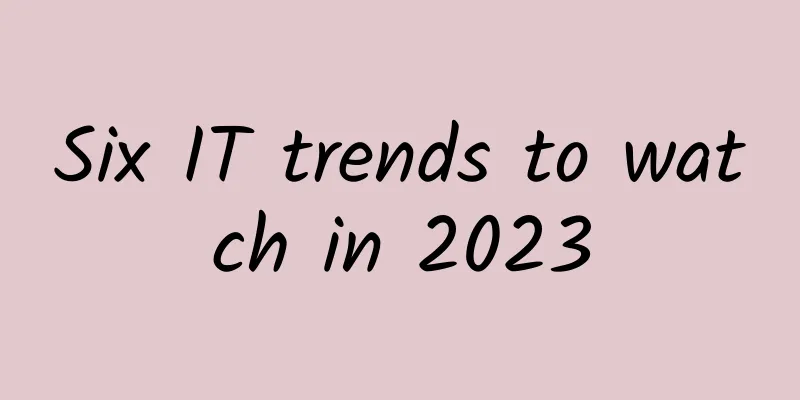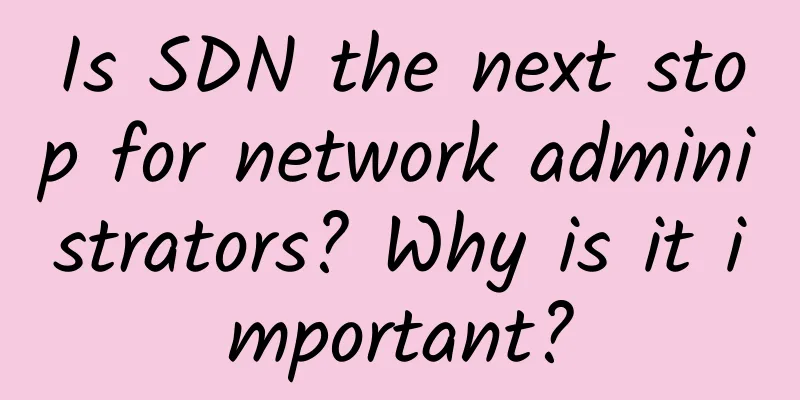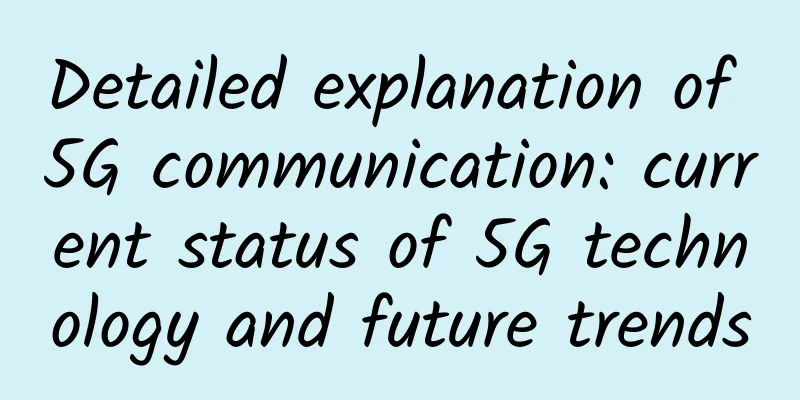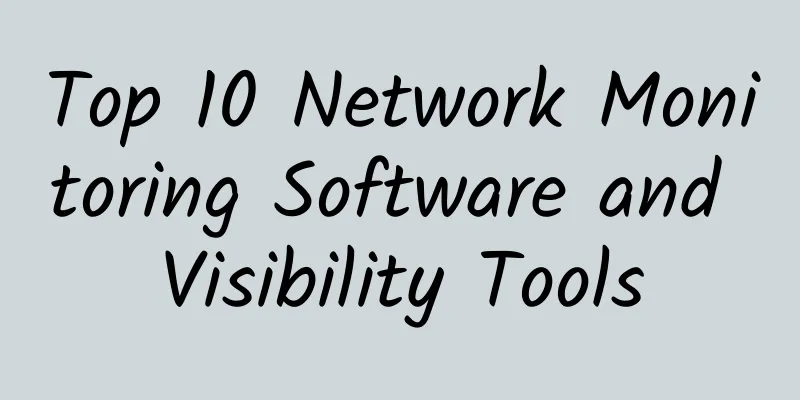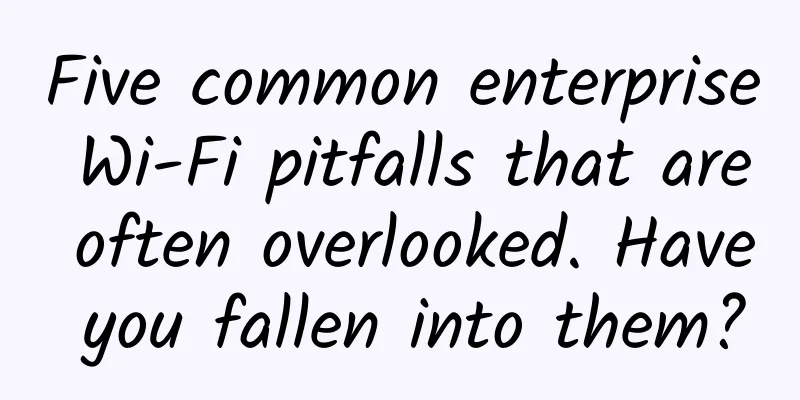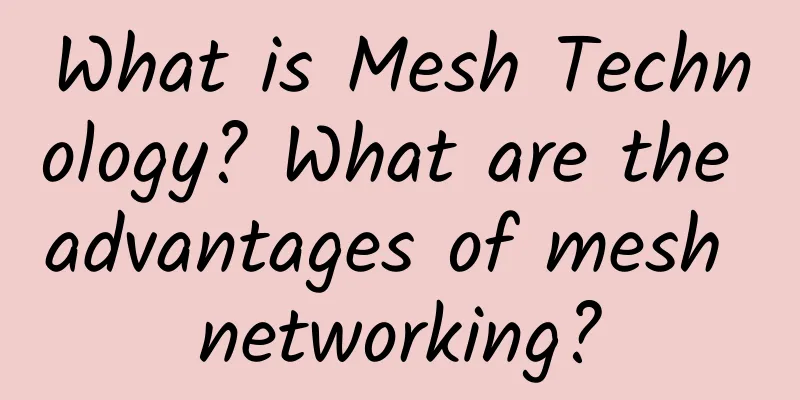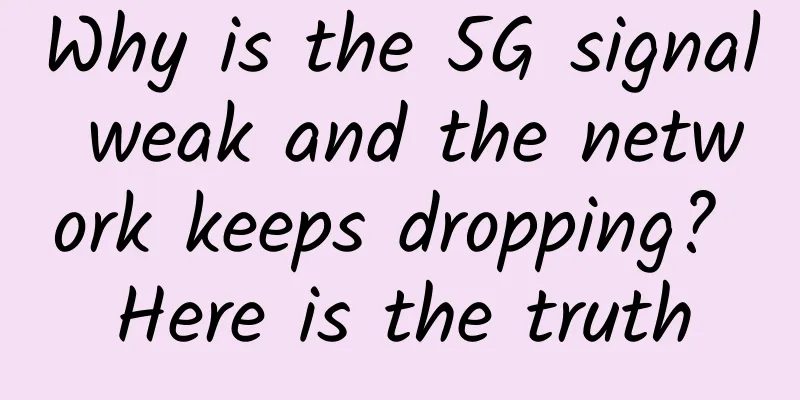How the Convergence of IoT and 5G Will Shape the Construction Industry
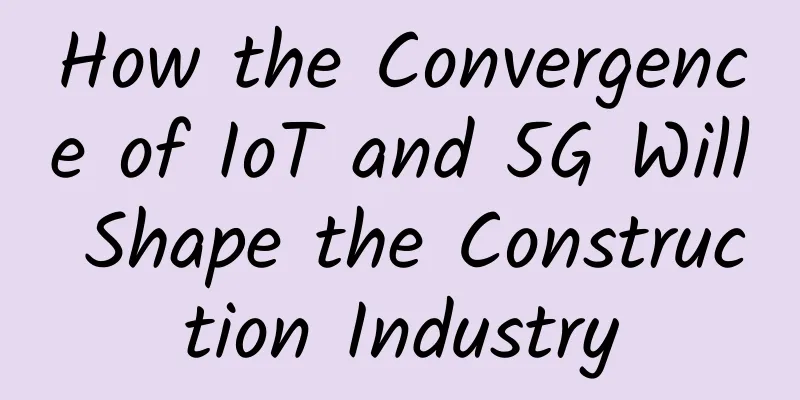
|
The Internet of Things (IoT) is changing the way the construction industry does business, making businesses faster, smarter, safer and more efficient.
New building technology The industry has entered a new phase of digitalization through the Internet of Things and other supporting technologies. IoT devices are no longer just primarily sensors, they are evolving into advanced computers capable of being used in construction projects for new and demanding applications such as remote operation, replenishment, construction tools, equipment tracking, equipment service, repair, remote usage monitoring, augmented reality (AR), building information modeling (BIM), predictive maintenance, progress monitoring, building safety and quality monitoring. Obviously, there is an increasing demand for bandwidth. Given that the application of IoT in industry is expected to continue to grow, the success of future deployments will rely on innovations in interconnected technologies such as 5G. Early adopters in the industry are already using IoT solutions, albeit with a decentralized approach. There is no developed ecosystem for fully integrated business decision support, primarily due to the lack of fast, reliable, and robust connectivity options that can handle communications from distributed locations. Typically, construction sites are located in remote areas with their headquarters in cities. There is a need for constant communication between the various stakeholders within the site, as well as from the site office to the headquarters and offices of other partners involved in the project. Currently, it is a challenge to find a network that is cost-effective, feature-rich, and capable of providing multiple services. One of the biggest innovations in 5G is enabling the use of IoT in buildings in all its forms: providing high-speed data access, solving mission-critical problems, and enabling connectivity for constrained devices. In construction, project delivery depends on effective data collection, capture, and analysis/evaluation, all of which require reliable connectivity. 5G offers the possibility of real-time data processing, so decisions can be made almost instantly and problems corrected quickly. The key differentiator for 5G is bandwidth, or data rates of up to 10Gbps. But according to Ericsson, there are roughly three different ways to think about IoT in a 5G-enabled world.
Large-scale connectivity targets low-complexity narrowband devices that rarely send or receive small amounts of data, such as concrete maturity monitoring sensors, GPS and RFID tags. These devices may be in challenging radio conditions, such as enclosures, and therefore require coverage extension capabilities, often requiring battery power. In addition, the number of "things" involved in the Internet of Things is large, so it is very different from computer networks because the number of nodes increases the complexity of the network. Broadband connectivity provides large amounts of data transfer, very high data rates, and low latency for devices that have much greater bandwidth than large IoT devices. Broadband IoT connectivity can also enhance signal coverage at each base station and extend device battery life if data rate and latency requirements are not stringent. Broadband IoT is essential for most mobile device use cases that require high data rates and low latency, such as construction equipment telematics, fleet management, sensor sharing, and basic security. Mission-critical connectivity enables ultra-low latency communications. It is designed to deliver messages with strictly bounded low latency, even in heavily loaded cellular networks. In an IoT ecosystem, sensors, actuators, and other gadgets depend on the responsiveness of the system or network in order for them to work effectively. This proves that high latency means delayed responsiveness, and with it, things cannot function to their full capabilities. Some IoT systems are designed to respond in emergency situations, and delayed responses can result in loss of life or property, such as in autonomous vehicles. Possible 5G use cases in construction (1) Real-time Automation: Real-time automation is one of the most popular segments in construction applications. It consists of automated applications (e.g., robotic masons, welders, and cranes) that leverage data from sensors in real time to trigger specific actions. It is often used in mission-critical applications where latency, availability, reliability, and safety are critical. Given that construction sites are complex and ever-changing environments, teams can rely on 5G to gain real-time visibility into activities on the site and perform remote or autonomous construction operations. Combined with high communication speeds, this will give construction workers almost instant access to data-intensive edge and cloud applications, allowing multiple users to interact in real time and remotely. While reliability and trust are key considerations for all IoT applications, they are essential in mission-critical applications, such as the predictability of data transmission to robots. (2) Monitoring, tracking, and surveillance: Autonomous vehicles are gaining traction on construction sites, combining data collected and fused from a variety of sensors, including concrete maturity, structural health, waste management, location, weather, GPS, and IP cameras. With the advent of 5G, this information will become essential as companies and cities overlay other technologies such as artificial intelligence and machine learning onto real-time data outputs and revolutionize the way work is done safely and efficiently. 5G will be critical for monitoring the health, location, status, and specifications of a wide range of assets, including:
(3) Supply chain optimization: There are many repetitive activities on construction sites, and finding materials is a constant challenge. Autonomous vehicles, RFID, computer vision, BLE (Bluetooth Low Energy), or other digital tools can be used to help solve such problems. If materials can arrive on demand, it will greatly improve productivity. Real-time information on the order status of materials or various components produced off-site is essential to ensure a project runs on time. This will benefit project managers, main construction contractors and suppliers. Multi-industry prefabrication, including the use of cyber-physical assistance systems, advanced building information modeling (BIM) and design-to-fabrication technologies, has a direct impact on improving quality and reducing time spent on the job site. This requires real-time collaboration, and 5G's broadband IoT is a possible solution. (4) Enhanced video services: In terms of video capture, 5G will also help organizations deploy technology at a low cost to quickly capture, organize, and analyze massive amounts of video information. This reduces the need for some teams to even visit construction sites. In addition, this real-time, rich, and intuitive information can provide assurance to owners and also provide a transparent view of the project on demand at any given moment. Drones are already being used to capture 4K video footage, and 5G will enable real-time video sharing and analysis. Construction status and reporting can now rely on the use of computer visualization to understand the work and automatically update the project schedule. Computers can handle 80% of the repetitive work of field engineers. This will free up knowledge workers to solve problems without having to physically verify the status of the work. Another example is the ability to deploy subject matter experts directly to the jobsite, regardless of physical location, through augmented and mixed reality. With the BIM model and 5G capabilities, it can be used immediately and enable rich video content to provide a higher level of visualization on or around the jobsite. (5) Hazard and Maintenance Sensing: Visual data can help us identify hazards immediately and proactively intervene to reduce incidents and injuries. Video rather than static images can help streamline inspections, punch lists, audits, safety reviews, completion acceptance and even compliance. 5G enables visual data. Images make us reactive. In proactive scenarios, data capture is automated, continues through a variety of sources, and is analyzed in real time. Artificial intelligence and machine learning become your predictive analytics engine, reporting potential areas of risk before problems occur. (6) Facilitating collaboration: As construction projects become more complex, we are seeing an increase in the number of joint ventures. Sharing knowledge is now very important, not only internally but also with peers. Often, we are trying to solve the same problems using the same resources (design, suppliers, and trade partners). 5G makes this process much easier. Things to note about 5G construction Just like any other new building technology, 5G must be adopted strategically. Companies need to consider the following considerations:
To realize the full potential of 5G, the construction industry needs a tailored implementation strategy. As a general approach, the following steps may be useful:
Although 5G is still in the early stages of deployment, rapid progress is being made in the development and testing of the technology, and the standardization process is expected to be completed with 3GPP Release 16 in 2020. in conclusion When it comes to IoT, 5G’s capabilities open up a seemingly endless number of new use cases. Data collected at the edge can be understood and acted upon in near real-time. High bandwidth and low latency ensure that more data can be collected and analyzed faster and easier than ever before, stacking more intelligence into every device at the edge. The integration of 5G and IoT can help AEC organizations improve productivity, security, and compliance. |
<<: Interpretation: Radio and Television "One Network Integration" and 5G Business
>>: 5G helps: Five future development trends of smart transportation
Recommend
TheStack Spring Promotion: KVM in 8 data centers including San Jose/Los Angeles/Phoenix starts at $10 per year
TheStack is an early established overseas server ...
How 5G will transform the patient experience
[[374198]] Image source: https://pixabay.com/imag...
5G cannot enhance industry?
There are already more than 1,100 “5G+Industrial ...
Network | Where is the United States in its race to seize the 5G market?
Experts have been hyping up 5G's gigabit spee...
ColoCrossing: $10/year-1GB/20G SSD/1Gbps unlimited traffic/Los Angeles & New York data centers
ColoCrossing also started selling VPS, which is w...
5G and edge computing are a perfect match
Enterprise IT leaders have heard a lot about edge...
Promote high-quality development of 5G digital "new infrastructure" through development model innovation
The CPC Central Committee and the State Council a...
HostHatch US VPS 40% off + 5 times the traffic, Los Angeles 1TB large hard drive starting at $33/year
HostHatch shared some of their recent work a few ...
The potential of smart education continues to be released, and 5G brings three major boosts
Education is the foundation of a century-long pla...
It's 2021, what is the real experience of IPv6? A programmer tells his personal experience
[[428843]] Since the issuance of the "Action...
Three misconceptions about 5G
In late 2019, IDC predicted that the number of 5G...
Changes to the Internet in 2018
There are already many articles in the industry p...
How does 5G combine with the Internet of Things?
Until now, there are still a lot of voices in the...
10gbiz New Year Promotion: Hong Kong/Los Angeles CN2 GIA line VPS 40% off $2.75/month, Bare Metal Server 58% off
10g.biz has launched its 2022 New Year event. In ...
A brief history of the development of the iSCSI storage protocol
iSCSI stands for Internet Small Computer System I...
